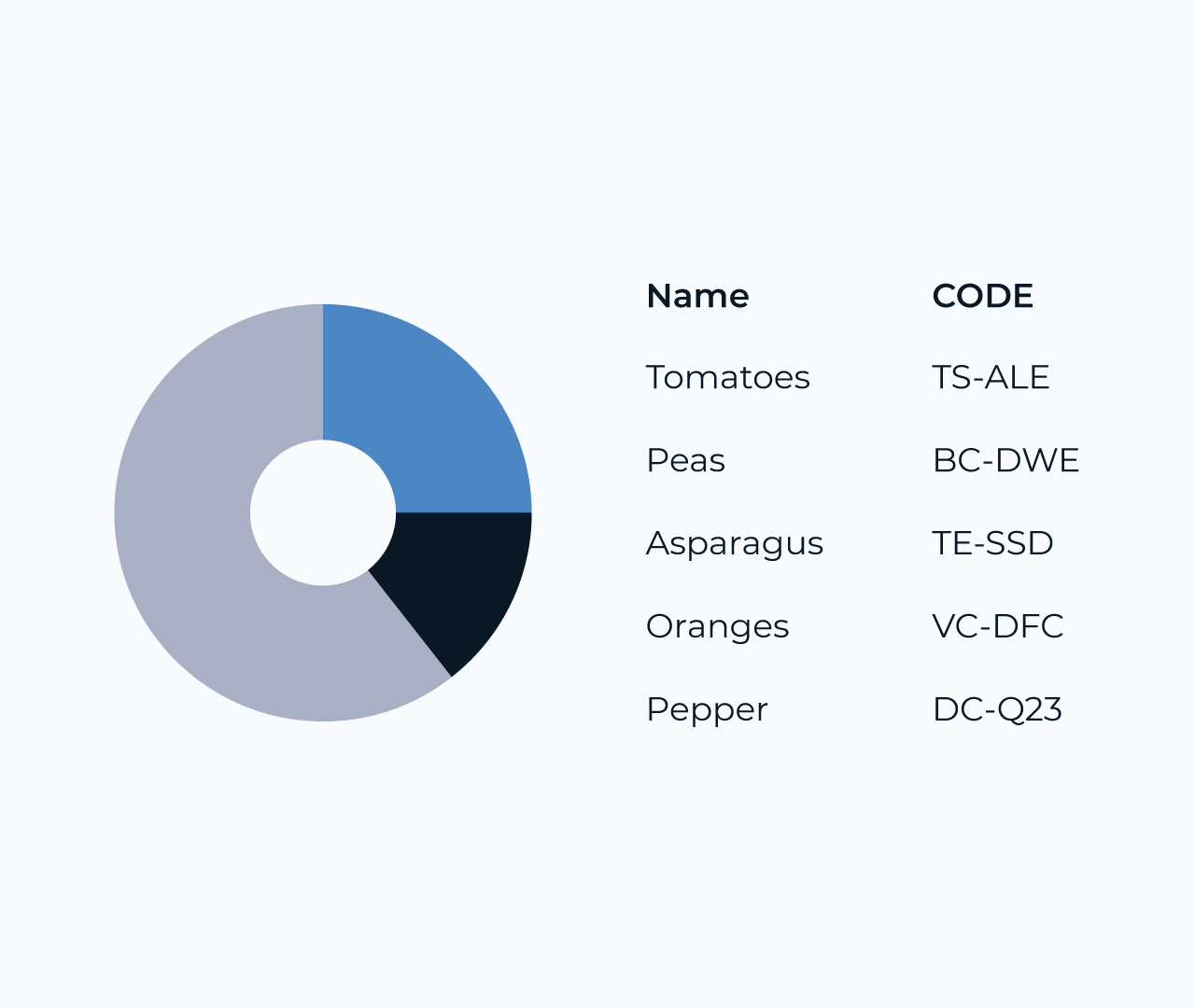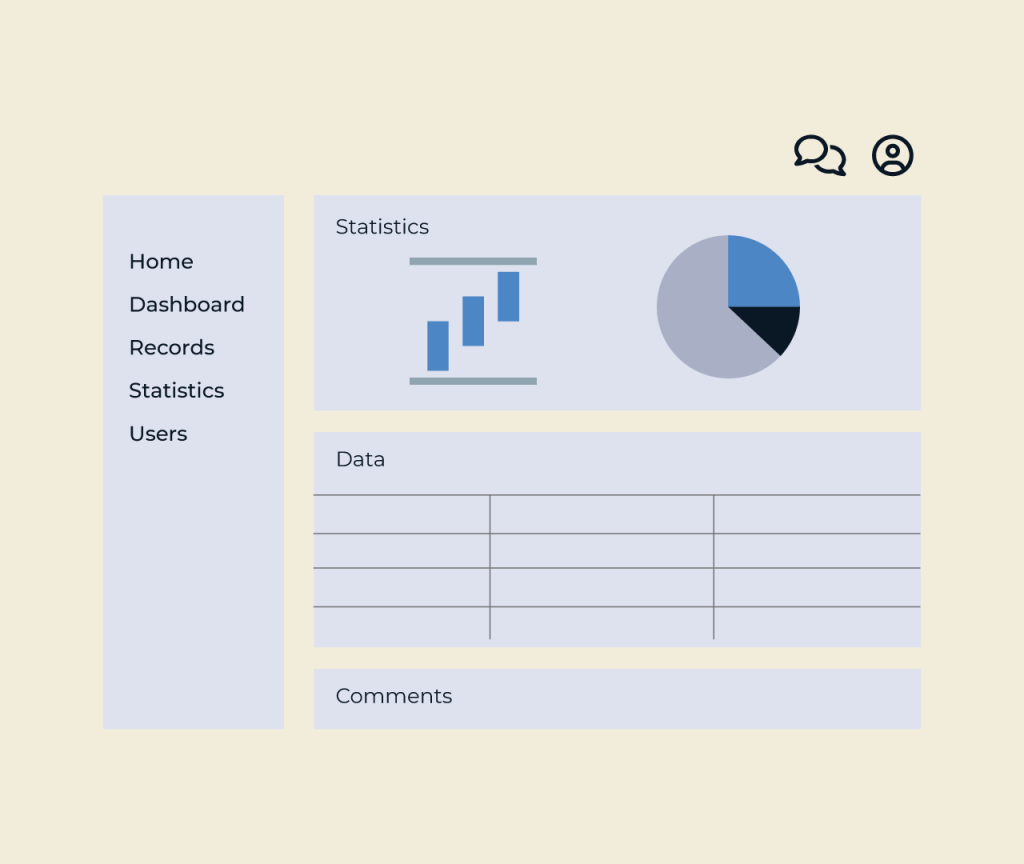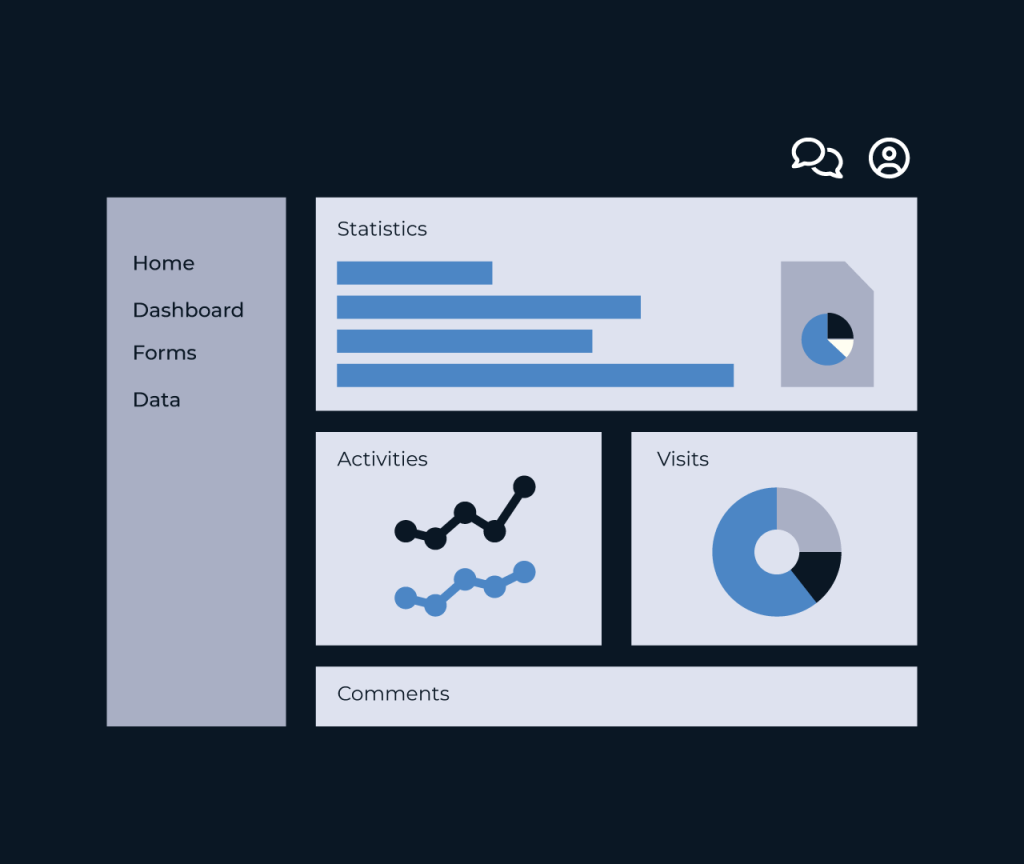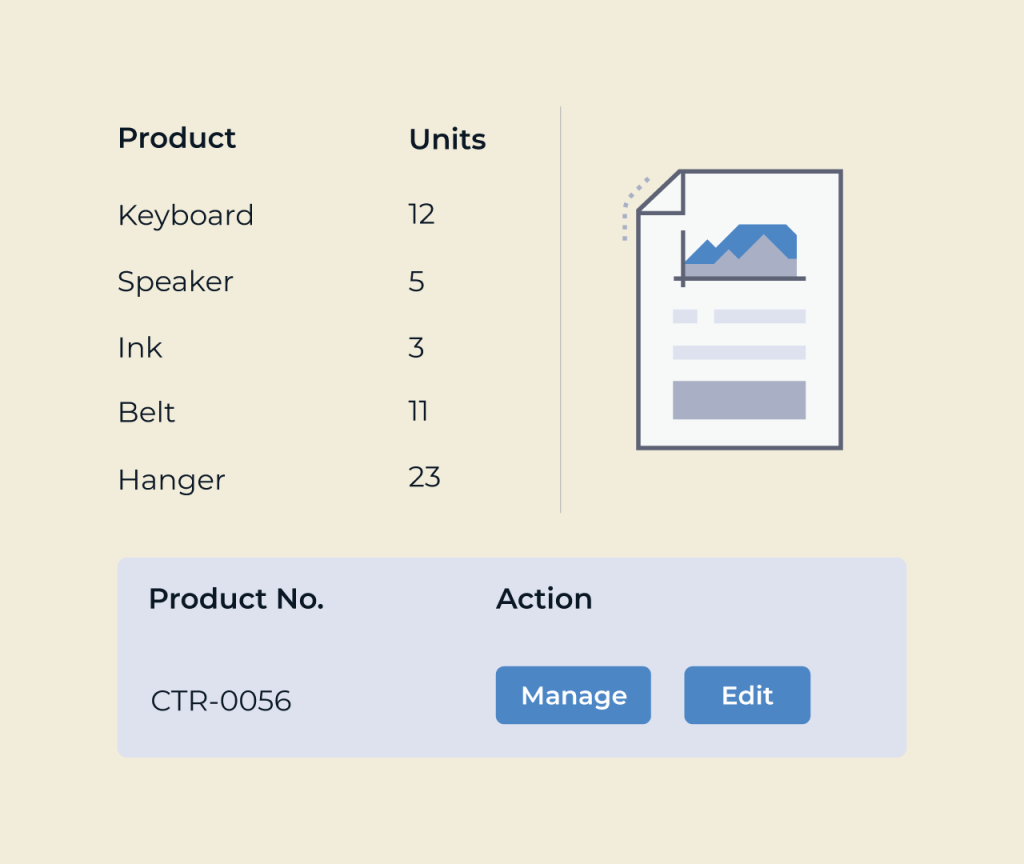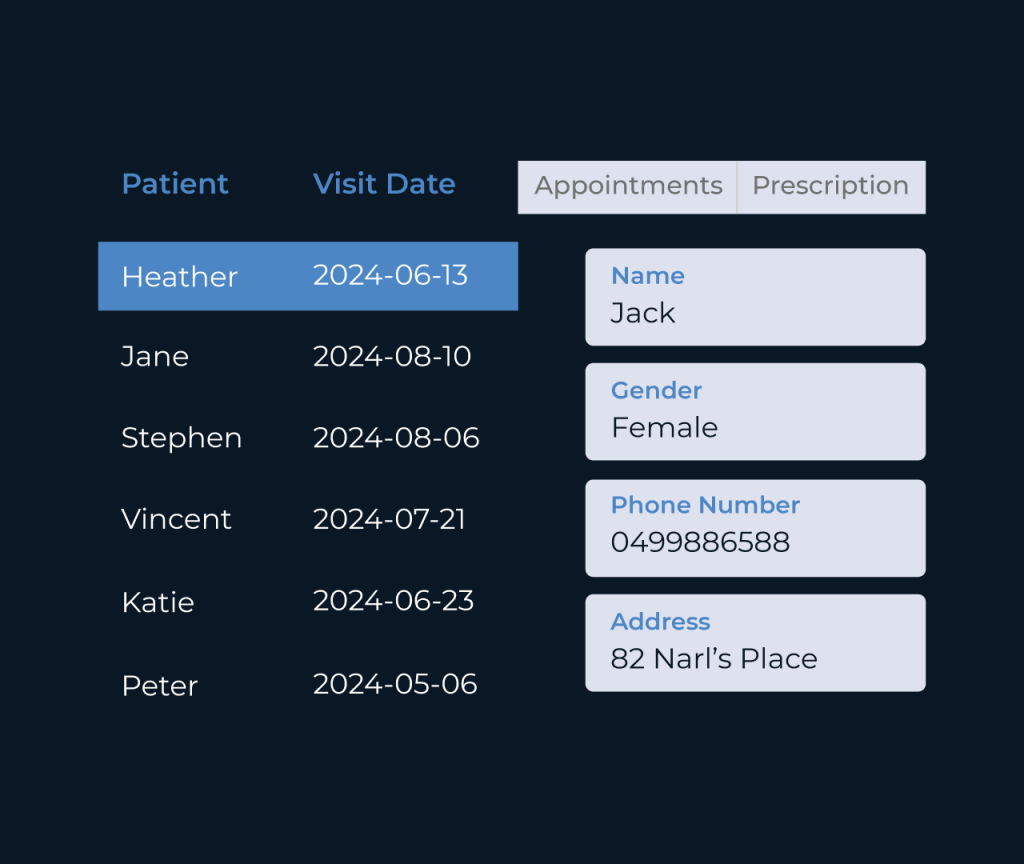
Quick Guide to Creating a Fleet Management System Using Five
Welcome to our quick guide on building a Fleet Management System in just a few steps using Five’s development environment!
Step 1: Create a New Application
Begin by signing up and creating a new application in Five. Choose a relevant title, such as Fleet Management System. This initial step is crucial for setting up your project environment.
Step 2: Design Your Database
Utilize the Table Wizard to create essential database tables, such as:
- Fleet (for vehicle information)
- Drivers (to manage driver details)
- Trips (to record trip information)
- Maintenance (to track vehicle maintenance history)
Establish the necessary relationships between these tables to support a comprehensive Fleet Management System.
Step 3: Build the User Interface
Use the Form Wizard to create intuitive forms for user interactions. Examples include:
- Driver Registration Form
- Trip Entry Form
- Maintenance Schedule Form
Ensure your application is responsive and user-friendly by testing it continuously throughout development.
Step 4: Implement Data Visualization
Use the Chart Wizard to create visual reports, such as:
- Trip Summary Charts
- Maintenance Alerts
- Fleet Performance Metrics
Step 5: Add Essential Features
Integrate functionalities such as:
- Real-time updates for trip logs
- Notification systems for maintenance
- User roles for administrators and drivers
Final Steps: Testing and Deployment
Once you’ve built your application, thoroughly test each feature. Deploy your Fleet Management System with Five, keeping in mind the hosting options available. After deployment, monitor its performance and user feedback to make necessary adjustments.
Congratulations!
You’ve successfully built a Fleet Management System using Five. Use the resources available within Five for further enhancements and troubleshooting!
